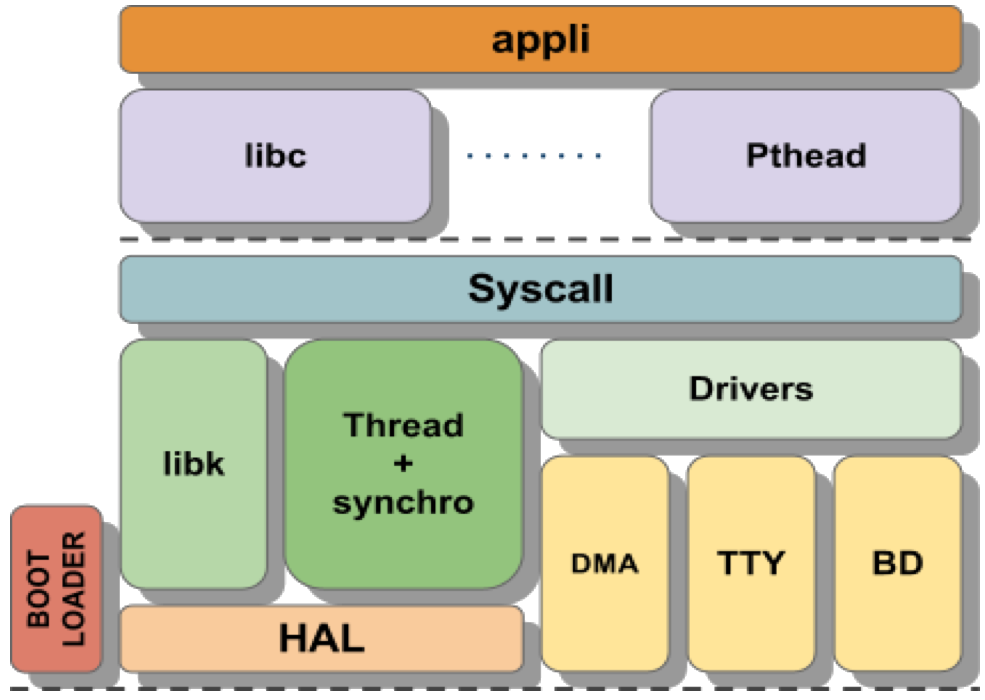| 38 | | ''Note that prior to Trac r2335 (that applies to 0.9b1 and 0.9b2), you would use a `[disabled_components]` section instead. See a [http://projects.edgewall.com/trac/wiki/TracIni?version=42 previous version] of this page for the details.'' |
| | 50 | === [milestone-groups] === #milestone-groups-section |
| | 51 | ''(since 0.11)'' |
| | 52 | |
| | 53 | As the workflow for tickets is now configurable, there can be many ticket states, |
| | 54 | and simply displaying closed tickets vs. all the others is maybe not appropriate |
| | 55 | in all cases. This section enables one to easily create ''groups'' of states |
| | 56 | that will be shown in different colors in the milestone progress bar. |
| | 57 | |
| | 58 | Example configuration (the default only has closed and active): |
| | 59 | {{{ |
| | 60 | closed = closed |
| | 61 | # sequence number in the progress bar |
| | 62 | closed.order = 0 |
| | 63 | # optional extra param for the query (two additional columns: created and modified and sort on created) |
| | 64 | closed.query_args = group=resolution,order=time,col=id,col=summary,col=owner,col=type,col=priority,col=component,col=severity,col=time,col=changetime |
| | 65 | # indicates groups that count for overall completion |
| | 66 | closed.overall_completion = truepercentage |
| | 67 | |
| | 68 | new = new |
| | 69 | new.order = 1 |
| | 70 | new.css_class = new |
| | 71 | new.label = new |
| | 72 | |
| | 73 | # one catch-all group is allowed |
| | 74 | active = * |
| | 75 | active.order = 2 |
| | 76 | # CSS class for this interval |
| | 77 | active.css_class = open |
| | 78 | # Displayed label for this group |
| | 79 | active.label = in progress |
| | 80 | }}} |
| | 81 | |
| | 82 | The definition consists in a comma-separated list of accepted status. |
| | 83 | Also, '*' means any status and could be used to associate all remaining |
| | 84 | states to one catch-all group. |
| | 85 | |
| | 86 | The CSS class can be one of: new (yellow), open (no color) or |
| | 87 | closed (green). New styles can easily be added using the following |
| | 88 | selector: `table.progress td.<class>` |
| | 89 | |
| | 90 | === [repositories] === #repositories-section |
| | 91 | |
| | 92 | (''since 0.12'' multirepos) |
| | 93 | |
| | 94 | One of the alternatives for registering new repositories is to populate the `[repositories]` section of the trac.ini. |
| | 95 | |
| | 96 | This is especially suited for setting up convenience aliases, short-lived repositories, or during the initial phases of an installation. |
| | 97 | |
| | 98 | See [TracRepositoryAdmin#Intrac.ini TracRepositoryAdmin] for details about the format adopted for this section and the rest of that page for the other alternatives. |
| | 99 | |
| | 100 | === [svn:externals] === #svn:externals-section |
| | 101 | ''(since 0.11)'' |
| | 102 | |
| | 103 | The TracBrowser for Subversion can interpret the `svn:externals` property of folders. |
| | 104 | By default, it only turns the URLs into links as Trac can't browse remote repositories. |
| | 105 | |
| | 106 | However, if you have another Trac instance (or an other repository browser like [http://www.viewvc.org/ ViewVC]) configured to browse the target repository, then you can instruct Trac which other repository browser to use for which external URL. |
| | 107 | |
| | 108 | This mapping is done in the `[svn:externals]` section of the TracIni |
| | 109 | |
| | 110 | Example: |
| | 111 | {{{ |
| | 112 | [svn:externals] |
| | 113 | 1 = svn://server/repos1 http://trac/proj1/browser/$path?rev=$rev |
| | 114 | 2 = svn://server/repos2 http://trac/proj2/browser/$path?rev=$rev |
| | 115 | 3 = http://theirserver.org/svn/eng-soft http://ourserver/viewvc/svn/$path/?pathrev=25914 |
| | 116 | 4 = svn://anotherserver.com/tools_repository http://ourserver/tracs/tools/browser/$path?rev=$rev |
| | 117 | }}} |
| | 118 | With the above, the `svn://anotherserver.com/tools_repository/tags/1.1/tools` external will be mapped to `http://ourserver/tracs/tools/browser/tags/1.1/tools?rev=` (and `rev` will be set to the appropriate revision number if the external additionally specifies a revision, see the [http://svnbook.red-bean.com/en/1.4/svn.advanced.externals.html SVN Book on externals] for more details). |
| | 119 | |
| | 120 | Note that the number used as a key in the above section is purely used as a place holder, as the URLs themselves can't be used as a key due to various limitations in the configuration file parser. |
| | 121 | |
| | 122 | Finally, the relative URLs introduced in [http://subversion.tigris.org/svn_1.5_releasenotes.html#externals Subversion 1.5] are not yet supported. |
| | 123 | |
| | 124 | === [ticket-custom] === #ticket-custom-section |
| | 125 | |
| | 126 | In this section, you can define additional fields for tickets. See TracTicketsCustomFields for more details. |
| | 127 | |
| | 128 | === [ticket-workflow] === #ticket-workflow-section |
| | 129 | ''(since 0.11)'' |
| | 130 | |
| | 131 | The workflow for tickets is controlled by plugins. |
| | 132 | By default, there's only a `ConfigurableTicketWorkflow` component in charge. |
| | 133 | That component allows the workflow to be configured via this section in the trac.ini file. |
| | 134 | See TracWorkflow for more details. |
| | 135 | |
